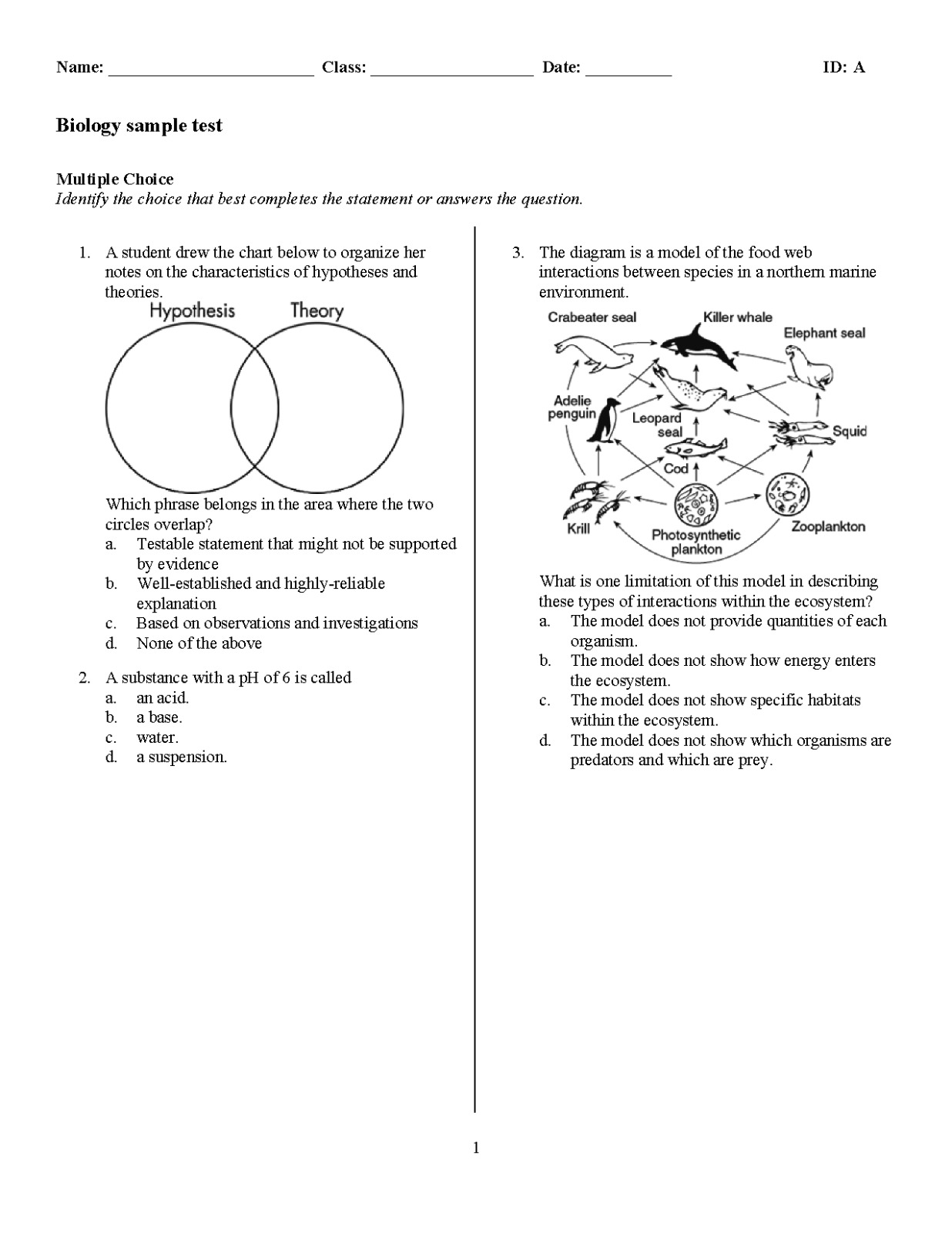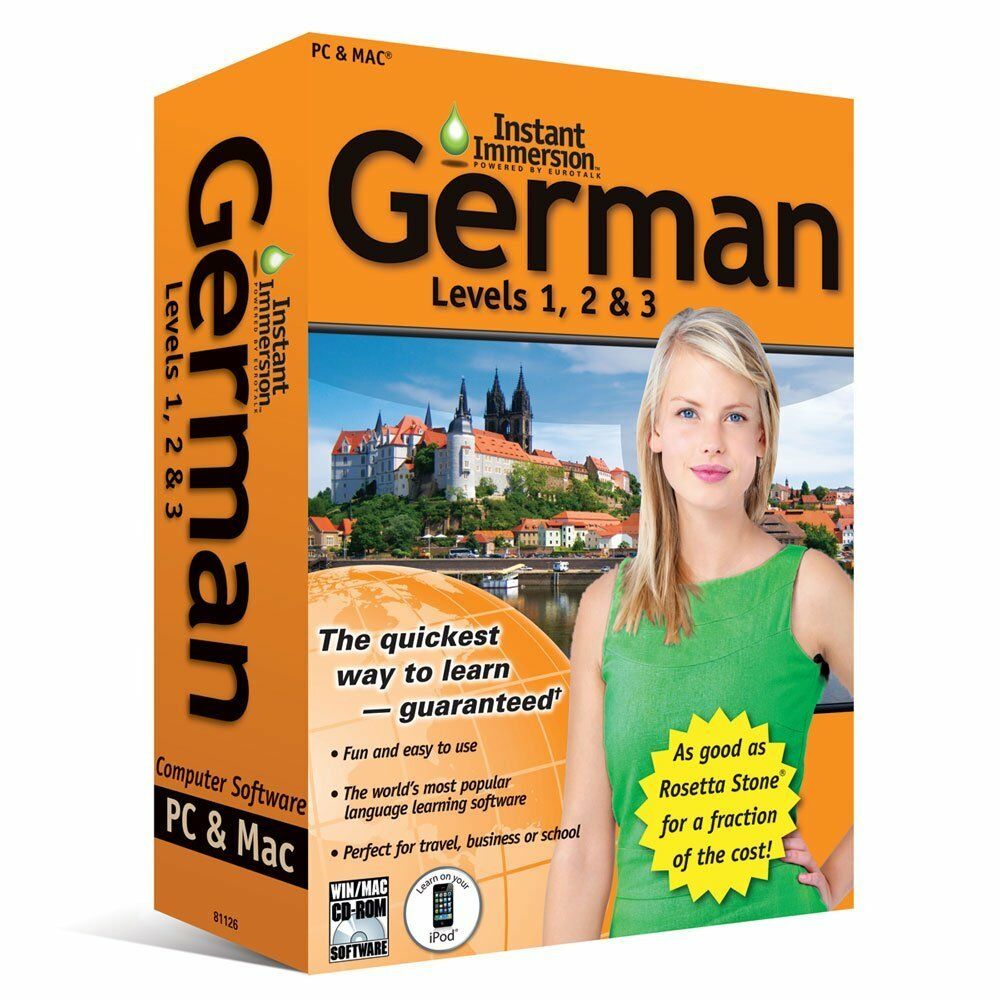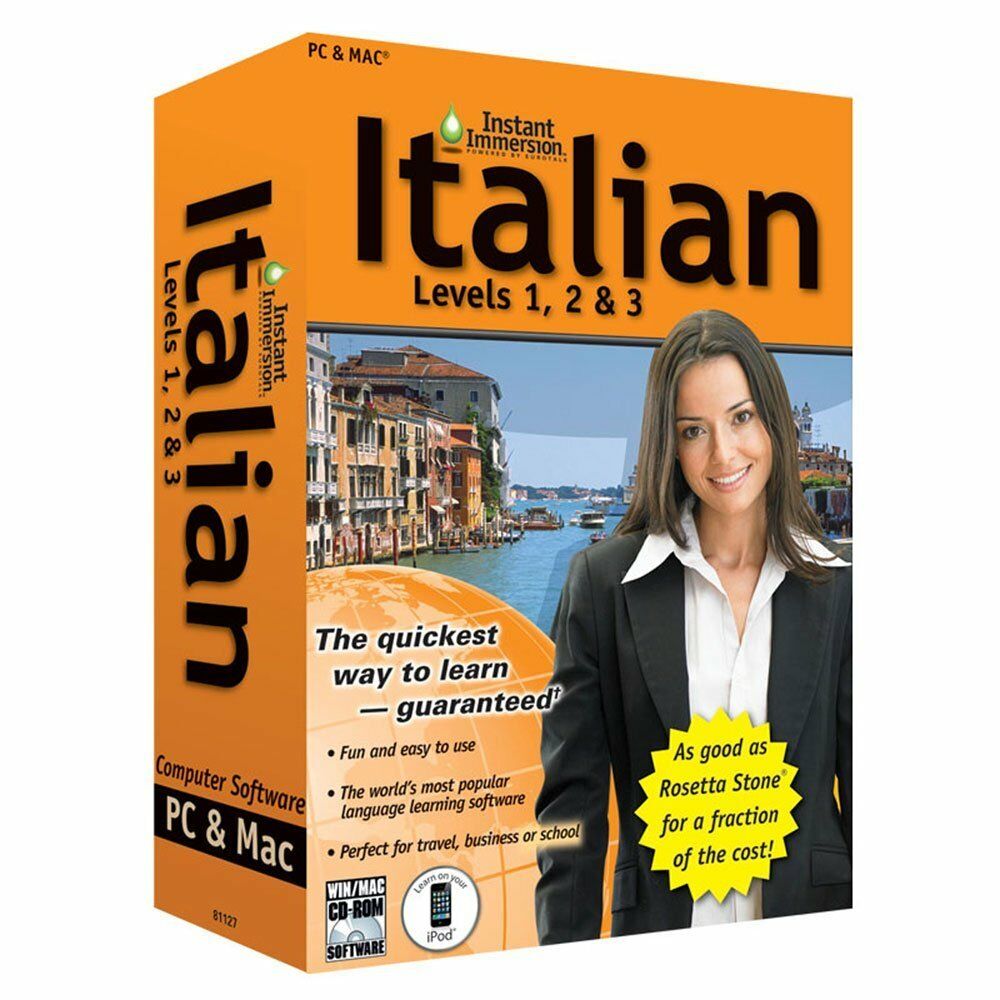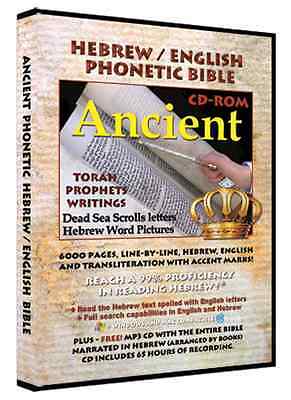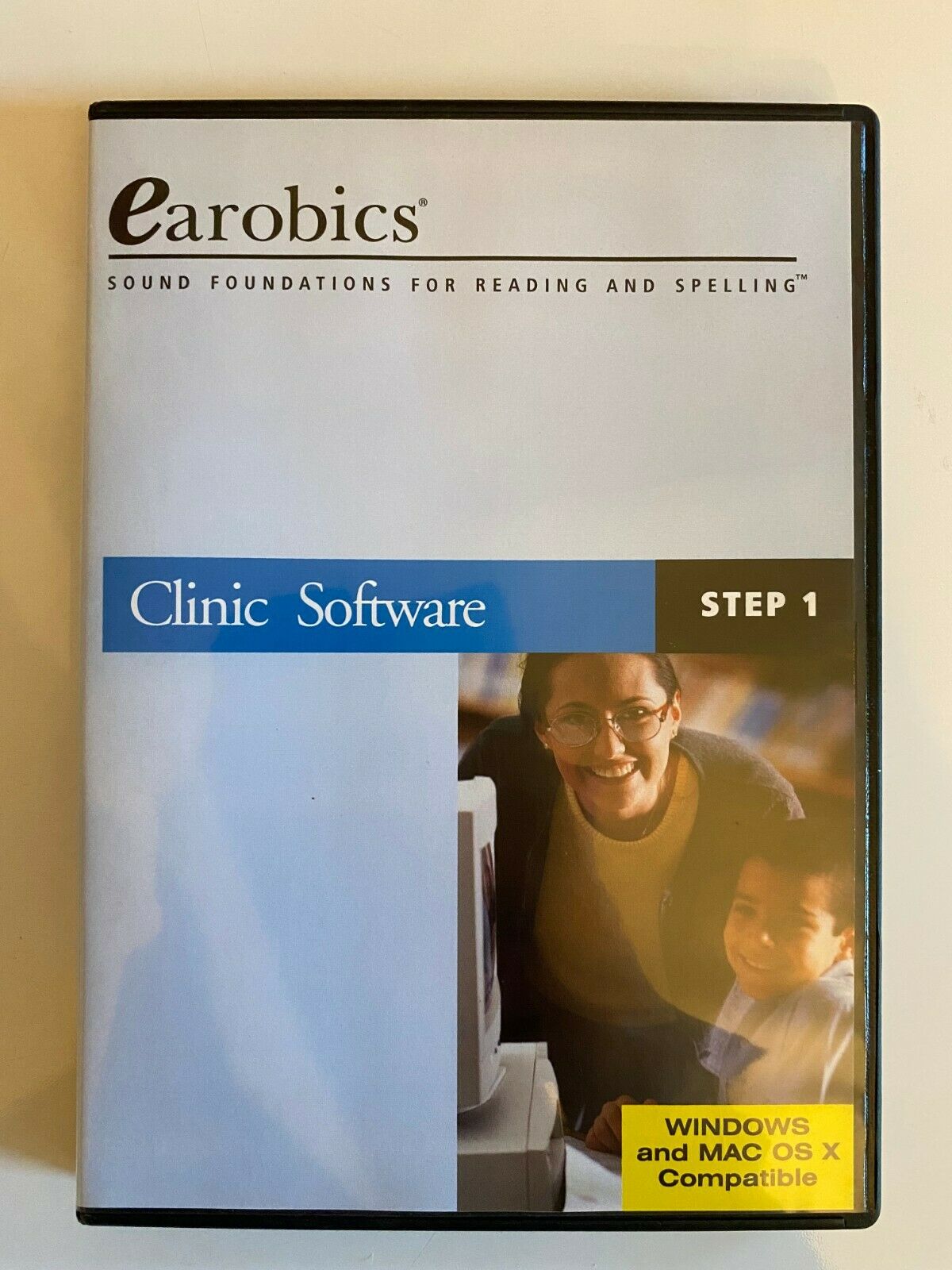-40%
Biology ExamView Test Banks High School Science Grade 9 10 11 12 Schoology
$ 3.69
- Description
- Size Guide
Description
ATTENTION:Access info will be delivered to your ebay message. You will need ExamView to open the test banks. ExamView software is not included in this sale.
ExamView test banks are Blackboard, ANGEL, and WebCT compatible. Use ExamView to create tests, quizzes, and worksheets, export tests to BLACKBOARD format or other printable PDF and WORD formats, upload BLACKBOARD format to SCHOOLOGY or many other online services to create online tests. Especially helpful for distance instruction.
Questions can be selected by Topics and/or Learning Objectives. Answer Key is included.
Chapter:
Biology Introduction
120 Questions
: 10 True/False, 71 Multiple Choice, 10 Completion, 10 Short Answer, 8 Essay, 10 Other.
Topics
:
Science
Science in Context
Studying Life
Learning Objectives
:
Describe the importance of peer review.
Describe the steps used in scientific methodology.
Discuss the importance of a universal system of measurement.
Explain how life can be studied at different levels.
Explain how scientific attitudes generate new ideas.
Explain the relationship between science and society.
Explain what a scientific theory is.
Identify the central themes of biology.
List the characteristics of living things.
State the goals of science.
Chapter:
Chemistry of Life
122 Questions
: 13 True/False, 67 Multiple Choice, 13 Completion, 12 Short Answer, 7 Essay, 10 Other.
Topics
:
Carbon Compounds
Chemical Reactions and Enzymes
Properties of Water
The Nature of Matter
Learning Objectives
:
Describe how energy changes affect how easily a chemical reaction will occur.
Describe the structures and functions of each of the four groups of macromolecules
Describe the two main types of chemical bonds.
Describe the unique qualities of carbon.
Differentiate between solutions and suspensions.
Discuss the unique properties of water.
Explain how all of the isotopes of an element are similar and how they are different.
Explain how chemical reactions affect chemical bonds.
Explain how compounds are different from their component elements.
Explain what acidic solutions and basic solutions are.
Explain why enzymes are important to living things.
Identify the three subatomic particles found in atoms.
Chapter:
The Biosphere
115 Questions
: 12 True/False, 63 Multiple Choice, 13 Completion, 12 Short Answer, 10 Essay, 5 Other.
Topics
:
Cycles of Matter
Ecology
Energy
Energy Flow in Ecosystems
Learning Objectives
:
Define primary producers.
Describe how consumers obtain energy and nutrients.
Describe how matter cycles among the living and nonliving parts of an ecosystem.
Describe how matter flows through tropic levels in an ecosystem.
Describe how the availability of nutrients affects the productivity of ecosystems.
Describe how water cycles through the biosphere.
Describe the methods used to study ecology.
Describe the study of ecology.
Explain how biotic and abiotic factors influence an ecosystem.
Explain how ecological pyramids show the flow of energy through trophic levels.
Explain why nutrients are important in living systems.
Identify the three types of ecological pyramids.
Trace the flow of energy through living systems.
Chapter:
Ecosystems and Communities
125 Questions
: 10 True/False, 73 Multiple Choice, 10 Completion, 10 Short Answer, 7 Essay, 15 Other.
Topics
:
Aquatic Ecosystems
Biomes
Climate
Niches & Community Interactions
Succession
Learning Objectives
:
Compare succession after a natural disturbance with succession after a human-caused disturbance.
Define niche.
Describe and compare the characteristics of the major land biomes.
Describe and compare the distinct ocean zones that make up marine ecosystems.
Describe how ecosystems recover from a disturbance.
Describe how populations and species diversity change during ecological succession.
Describe the importance of estuaries.
Describe the role competition plays in shaping communities.
Describe the role predation and herbivory play in shaping communities.
Describe what biotic and abiotic factors characterize biomes.
Differentiate between weather and climate.
Discuss the factors that affect aquatic ecosystems.
Identify external factors that determine an organism's niche.
Identify the areas that are not classified into a major biome.
Identify the factors that influence climate.
Identify the major categories of freshwater ecosystems.
Identify the three primary interdependent relationships among organisms.
Identify the three types of symbiotic relationships in nature.
Chapter:
Populations
119 Questions
: 12 True/False, 61 Multiple Choice, 11 Completion, 12 Short Answer, 8 Essay, 15 Other.
Topics
:
How Populations Grow
Human Population Growth
Limits to Growth
Learning Objectives
:
Describe exponential growth.
Describe how ecologists study populations.
Describe logistic growth.
Discuss the trend of human population growth.
Explain why population growth rates differ in countries throughout the world.
Identify factors that affect population growth.
Identify factors that determine carrying capacity.
Identify factors that limit carrying capacity.
Identify the limiting factors that depend on population density.
Identify the limiting factors that do not depend on population density.
List the characteristics used to describe a population.
Chapter:
Humans in the Biosphere
118 Questions
: 10 True/False, 66 Multiple Choice, 10 Completion, 13 Short Answer, 9 Essay, 10 Other.
Topics
:
A Changing Landscape
Biodiversity
Meeting Ecological Challenges
Using Resources Wisely
Learning Objectives
:
Define biodiversity and explain its value.
Describe how biodiversity can be preserved.
Describe how human activities affect air resources.
Describe how human activities affect soil and land.
Describe how human activities affect water resources.
Describe human activities that can affect the biosphere.
Describe the relationship between resource use and sustainable development.
Explain the concept of ecological footprint.
Identify current threats to biodiversity.
Identify the role of ecology in a sustainable future.
Chapter:
Cell Structure and Function
120 Questions
: 10 True/False, 67 Multiple Choice, 9 Completion, 12 Short Answer, 7 Essay, 15 Other.
Topics
:
Cell Structure
Cell Transport
Homeostasis & Cells
Life Is Cellular
Learning Objectives
:
Describe active transport.
Describe how the different types of microscopes work.
Describe passive transport.
Describe the function of the cell membrane.
Describe the function of the chloroplasts and mitochondria in the cell.
Describe the role of vacuoles, lysosomes, and the cytoskeleton.
Describe the structure and function of the cell nucleus.
Distinguish between prokaryotes and eukaryotes.
Explain how multicellular organisms maintain homeostasis.
Explain how unicellular organisms maintain homeostasis.
Identify the role of ribosomes, endoplasmic reticulum, and Golgi apparatus in making proteins.
Identify the structures and functions of the digestive system, excretory system, circulatory system, lymphatic system, and respiratory system.
Identify the structures and functions of the nervous system, skeletal system, integumentary system, endocrine system, and male and female reproductive systems.
State the cell theory.
Chapter:
Photosynthesis
117 Questions
: 12 True/False, 65 Multiple Choice, 9 Completion, 10 Short Answer, 6 Essay, 15 Other.
Topics
:
Energy & Life
Photosynthesis
The Process of Photosynthesis
Learning Objectives
:
Describe the role of ATP in cellular activities.
Describe what happens during the light-dependent reactions.
Describe what happens during the light-independent reactions.
Explain the role of electron carrier molecules in photosynthesis.
Explain the role of light and pigments in photosynthesis.
Explain where plants get the energy they need to produce food.
Identify factors that affect the rate at which photosynthesis occurs.
State the overall equation for photosynthesis.
Chapter:
Cellular Respiration and Fermentation
116 Questions
: 10 True/False, 66 Multiple Choice, 10 Completion, 12 Short Answer, 8 Essay, 10 Other.
Topics
:
Cellular Respiration Overview
Fermentation
The Process of Cellular Respiration
Learning Objectives
:
Compare photosynthesis and cellular respiration.
Define cellular respiration.
Describe what happens during glycolysis.
Describe what happens during the Krebs cycle.
Explain how high-energy electrons are used by the electron transport chain.
Explain how organisms get energy in the absence of oxygen.
Explain how the electron transport chain uses high-energy electrons.
Explain where organisms get the energy they need for life processes.
Identify how much ATP cellular respiration generates.
Identify the pathways the body uses to release energy during exercise.
Chapter:
Cell Growth and Division
121 Questions
: 10 True/False, 63 Multiple Choice, 12 Completion, 11 Short Answer, 10 Essay, 15 Other.
Topics
:
Cell Differentiation
Cell Growth, Division, and Reproduction
Regulating the Cell Cycle
The Process of Cell Division
Learning Objectives
:
Compare asexual and sexual reproduction.
Define stem cells and explain their importance.
Describe how the cell cycle is regulated.
Describe the process of cytokinesis.
Describe the process of differentiation.
Describe the role of chromosomes in cell division.
Describe what happens during the four phases of mitosis.
Explain how cancer cells are different from other cells.
Explain the problems that growth causes for cells.
Identify the possible benefits and issues relating to stem cell research.
Name the main events of the cell cycle.
Chapter:
Introduction to Genetics
120 Questions
: 12 True/False, 66 Multiple Choice, 10 Completion, 8 Short Answer, 9 Essay, 15 Other.
Topics
:
Applying Mendel's Principles
Meiosis
Other Patterns of Inheritance
The Work of Gregor Mendel
Learning Objectives
:
Contrast meiosis and mitosis.
Contrast the number of chromosomes in body cells and in gametes.
Describe examples of exceptions to Mendel's principles.
Describe how alleles from different genes can be inherited together.
Describe Mendel's studies and conclusions about inheritance.
Describe the other inheritance patterns.
Describe what happens during segregation.
Explain how geneticists use the principles of probability to make Punnett squares.
Explain how Mendel's principles apply to all organisms.
Explain the principle of independent assortment.
Explain the relationship between genes and the environment.
Summarize the events of meiosis.
Chapter:
DNA
119 Questions
: 10 True/False, 65 Multiple Choice, 11 Completion, 10 Short Answer, 8 Essay, 15 Other.
Topics
:
DNA Replication
Identifying the Substance of Genes
The Structure of DNA
Learning Objectives
:
Compare DNA replication in prokaryotes with that of eukaryotes.
Describe how scientists solved the structure of DNA.
Describe the role of bacteriophages in identifying genetic material.
Describe the steps leading to the development of the double-helix model of DNA.
Describe the structures and functions of each of the four groups of biomolecules.
Discuss the experiments leading to the identification of DNA as the molecule that carries the genetic code.
Explain what scientists learned from the double-helix model of DNA.
Identify the chemical components of DNA.
Identify the role of DNA in heredity.
Summarize the events of DNA replication.
Summarize the process of bacterial transformation.
Chapter:
RNA and Protein
120 Questions
: 13 True/False, 64 Multiple Choice, 9 Completion, 11 Short Answer, 8 Essay, 15 Other.
Topics
:
Gene Regulation & Expression
Mutations
Ribosomes & Protein Synthesis
RNA
Learning Objectives
:
Contrast RNA and DNA.
Define mutations and describe the different types of mutations.
Describe gene regulation in prokaryotes.
Describe the "central dogma" of molecular biology.
Describe the effects mutations can have on genes.
Explain how most eukaryotic genes are regulated.
Explain the process of transcription.
Identify the genetic code and explain how it is read.
Relate gene regulation to development in multicellular organisms.
Summarize the process of translation.
Chapter:
Human Heredity
117 Questions
: 10 True/False, 64 Multiple Choice, 10 Completion, 10 Short Answer, 9 Essay, 14 Other.
Topics
:
Human Chromosomes
Human Genetic Disorders
Human Genome
Learning Objectives
:
Describe the patterns of the inheritance of human traits.
Explain how pedigrees are used to study human traits.
Explain how small changes in DNA cause genetic disorders.
Identify the types of human chromosomes in a karyotype.
State the goals of the Human Genome Project and explain what we have learned so far.
Summarize the methods of DNA analysis.
Summarize the problems caused by nondisjunction.
Chapter:
Genetic Engineering
111 Questions
: 9 True/False, 63 Multiple Choice, 10 Completion, 9 Short Answer, 10 Essay, 10 Other.
Topics
:
Applications of Genetic Engineering
Ethics & Impacts of Biotechnology
Recombinant DNA
Selective Breeding
Learning Objectives
:
Define transgenic and describe the usefulness of some transgenic organisms to humans.
Describe some of the ethical issues relating to biotechnology.
Describe some of the issues that relate to biotechnology.
Describe the benefits of genetic engineering as they relate to agriculture and industry.
Describe the importance of recombinant DNA.
Explain how people increase genetic variation.
Explain how recombinant DNA technology can improve human health.
Explain how scientists manipulate DNA.
Explain the purpose of selective breeding.
Identify some of the pros and cons of genetically modified food.
Summarize the process of DNA fingerprinting and explain its uses.
Chapter:
Darwin’s Theory of Evolution
118 Questions
: 11 True/False, 64 Multiple Choice, 10 Completion, 11 Short Answer, 7 Essay, 15 Other.
Topics
:
Darwin Presents His Case
Darwin's Voyage of Discovery
Evidence of Evolution
Ideas That Shaped Darwin's Thinking
Learning Objectives
:
Describe Lamarck's hypothesis of evolution.
Describe Malthus's view of population growth.
Describe the conditions under which natural selection occurs.
Describe the three patterns of biodiversity noted by Darwin.
Describe what homologous structures and embryology suggest about the process of evolutionary change.
Explain how fossils and the fossil record document the descent of modern species from ancient ancestors.
Explain how geologic distribution of species relates to their evolutionary history.
Explain how molecular evidence can be used to trace the process of evolution.
Explain the principle of common descent.
Explain the results of the Grants' investigation of adaptation in Galápagos finches.
Explain the role of inherited variation in artificial selection.
Identify the conclusions drawn by Hutton and Lyell about Earth's history.
State Charles Darwin's contribution to science.
Chapter:
Evolution of Populations
120 Questions
: 10 True/False, 68 Multiple Choice, 10 Completion, 10 Short Answer, 8 Essay, 14 Other.
Topics
:
Evolution as Genetic Change in Populations
Genes & Variation
Molecular Evolution
The Process of Speciation
Learning Objectives
:
Define evolution in genetic terms.
Describe genetic drift.
Describe how Hox genes may be involved in evolutionary change.
Describe the current hypothesis about Galápagos finch speciation.
Explain how different factors affect genetic equilibrium.
Explain how molecular clocks are used.
Explain how natural selection affects single-gene and polygenic traits.
Explain how new genes evolve.
Identify the sources of genetic variation in a population.
Identify the types of isolation that can lead to the formation of new species.
State what determines the number of phenotypes for a trait.
Chapter:
Classification
116 Questions
: 10 True/False, 69 Multiple Choice, 7 Completion, 12 Short Answer, 8 Essay, 10 Other.
Topics
:
Building the Tree of Life
Finding Order in Diversity
Modern Evolutionary Classification
Learning Objectives
:
Describe how to make and interpret a cladogram.
Describe the goals of binomial nomenclature and systematics.
Explain the difference between evolutionary classification and Linnaean classification.
Explain the use of DNA sequences in classification.
Explain what the tree of life represents.
Identify the taxa in the classification system devised by Linnaeus.
Name the six kingdoms of life as they are currently identified.
Chapter:
History of Life
118 Questions
: 10 True/False, 63 Multiple Choice, 10 Completion, 11 Short Answer, 9 Essay, 15 Other.
Topics
:
Earth's Early History
Patterns & Processes of Evolution
The Fossil Record
Learning Objectives
:
Contrast gradualism and punctuated equilibrium.
Describe how Earth's physical and biological environments shaped the history of life.
Describe how environmental processes and living things have shaped life on Earth.
Differentiate between relative dating and radiometric dating.
Discuss the hypothesis that explains the origin of eukaryotic cells.
Explain how we date events in Earth's history.
Explain the endosymbiotic theory.
Explain the evolutionary characteristics of coevolving organisms.
Explain the significance of sexual reproduction in evolution.
Explain what information fossils can reveal about ancient life.
Explain what the fossil record shows about periods of stasis and rapid change.
Identify some hypotheses about early Earth and the origin of life.
Identify the divisions of the geologic time scale.
Identify the patterns that describe the sequential nature of groups in the fossil record.
Identify the processes that influence survival or extinction of a species or clade.
Name two important patterns in macroevolution.
Terms and Conditions:
Payment:
Acceptable payment method is Paypal transfer. We also accept other payment methods (please email us before send other payment, will ship after payment clears). No personal check payment please.
All Paypal payment must come with paypal CONFIRMED address. You can confirm your address by adding a credit card to paypal account, or by calling paypal.
If you pay with UNCONFIRMED paypal address, and you cannot confirm your address to paypal, your order must be cancelled.
An email must be received within 3 days if no payment, and winning bidder must pay within 5 days. Your bid indicates your acceptance and full agreement with all auction terms and conditions.
Shipping and Handling (S&H):
We only ship to the shipping address in PayPal payment. Please make sure you have the correct shipping address during checkout. Requests of shipping to an alternate address will not be honored. This is for buyer protection.
We do our best to ship the item out within 3 business days. We only ship to PayPal confirmed address, 48 continental states. Shippings to Hawaii, Alaska, Puerto Rico and Canada are subject to additional charge.
It may take up to 2 weeks for delivery with Standard Flat Rate Shipping depending on buyer's location (up to 4 weeks for delivery to Hawaii, Alaska and Puerto Rico). If you want Priority shipping, please contact us for rates.
Return:
No return is accepted for the items delivered electronically.
Return is accepted if the items are not as described. Item must be returned within 7 Days of delivery. Item must be returned in unopened, sealed or the exact same condition shipped from us. Shipping and handling are not refundable. Buyer is responsible for return shipping. We offer return service so you can order with confidence.
Feedback:
If you are satisfied with your purchase, we would appreciate if you can leave us a positive feedback. We always leave a positive feedback in return.
If for some reason, you think that we're not doing a good job, please give us an opportunity to make it right before leaving negative or neutral feedback. Thank you.
Please read the description and requirements prior to bidding to avoid any confusion. Your bid indicates your acceptance and full agreement with all auction terms and conditions.
